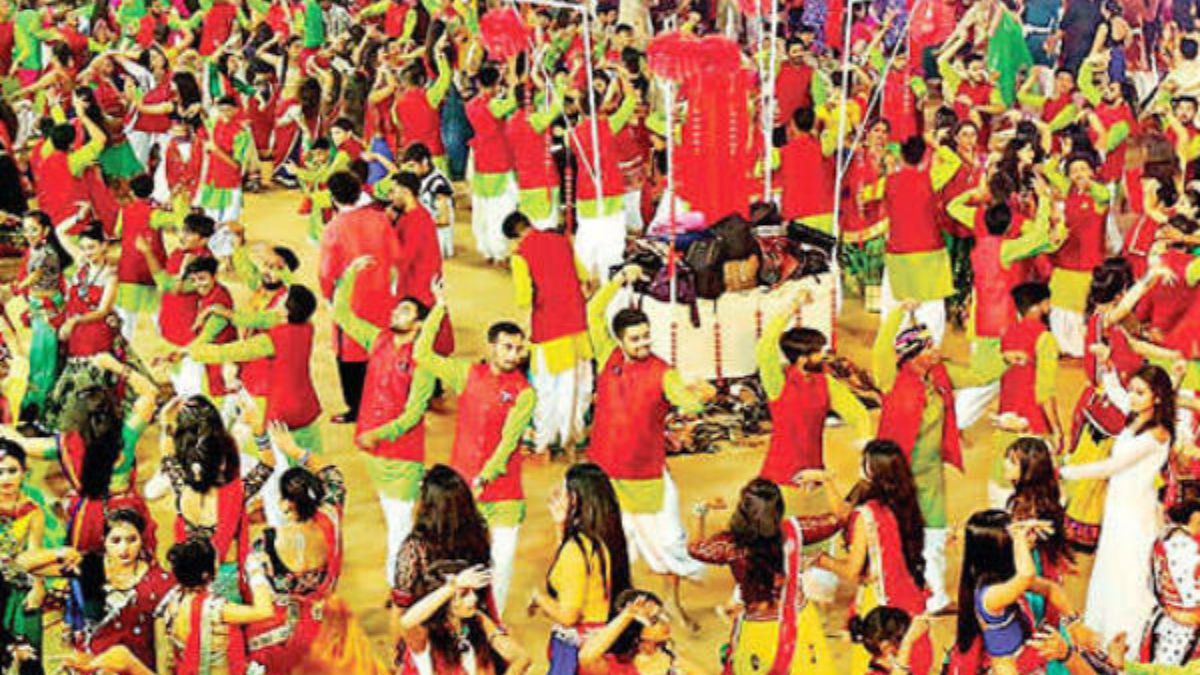Garba in UNESCO Intangible Cultural Heritage List
Described as a ritualistic and devotional dance spanning the state of Gujarat and beyond, Garba takes center stage during the nine-day festival of Navaratri, devoted to honoring the feminine energy of Shakti, according to the UNESCO website.

Advertisement
Gandhinagar : Garba, renowned dance form in Gujarat, achieved a significant milestone on December 6 by being included in UNESCO’s Representative List of Intangible Cultural Heritage of Humanity, marking India’s 15th inscription on the List.
Described as a ritualistic and devotional dance spanning the state of Gujarat and beyond, Garba takes center stage during the nine-day festival of Navaratri, devoted to honoring the feminine energy of Shakti, according to the UNESCO website.
UNESCO’s news section elaborated on the cultural and expressive facets of Garba, highlighting its role as a visual celebration of feminine energy, observed in homes, temple courtyards, urban squares, streets, and expansive open grounds. It emphasized Garba’s inclusive nature, turning it into a participatory event embraced by diverse communities.
The decision to include Garba was made during the ongoing 18th session in Kasane, Botswana, from December 5 to 9.
Prime Minister Narendra Modi celebrated this recognition on social media by saying, “Garba is a celebration of life, unity and our deep-rooted traditions. Its inscription on the Intangible Heritage List showcases to the world the beauty of Indian culture. This honour inspires us to preserve and promote our heritage for future generations. Congrats for this global acknowledgment.”
Previously, as the Chief Minister of Gujarat, Modi had actively promoted the Navratri festival and Garba as the world’s longest dancing festival.
Gujarat’s Chief Minister, Bhupendra Patel, marked the occasion by offering prayers at the revered Goddess Bhadrakaali Temple in Ahmedabad’s walled city and attending a cultural program in celebration.
A similar celebration took place at the Ambaji Temple in North Gujarat.
UNESCO’s report emphasized Garba’s enduring presence in Gujarati culture and among the global Indian diaspora, highlighting its role in fostering social equality and inclusivity across socio-economic, gender, and sectarian boundaries.
Tim Curtis, Director of UNESCO New Delhi, extended congratulations to India and emphasized the importance of preserving Garba’s traditions for future generations.
Parul Shah, a dancer, choreographer, and former dean of the Faculty of Performing Arts, M. S. University of Baroda, was part of the team that prepared the dossier on Garba submitted to UNESCO.
The dance form has found representation in several popular Bollywood and Gujarati movies, further amplifying its cultural significance and reach.
Advertisement

